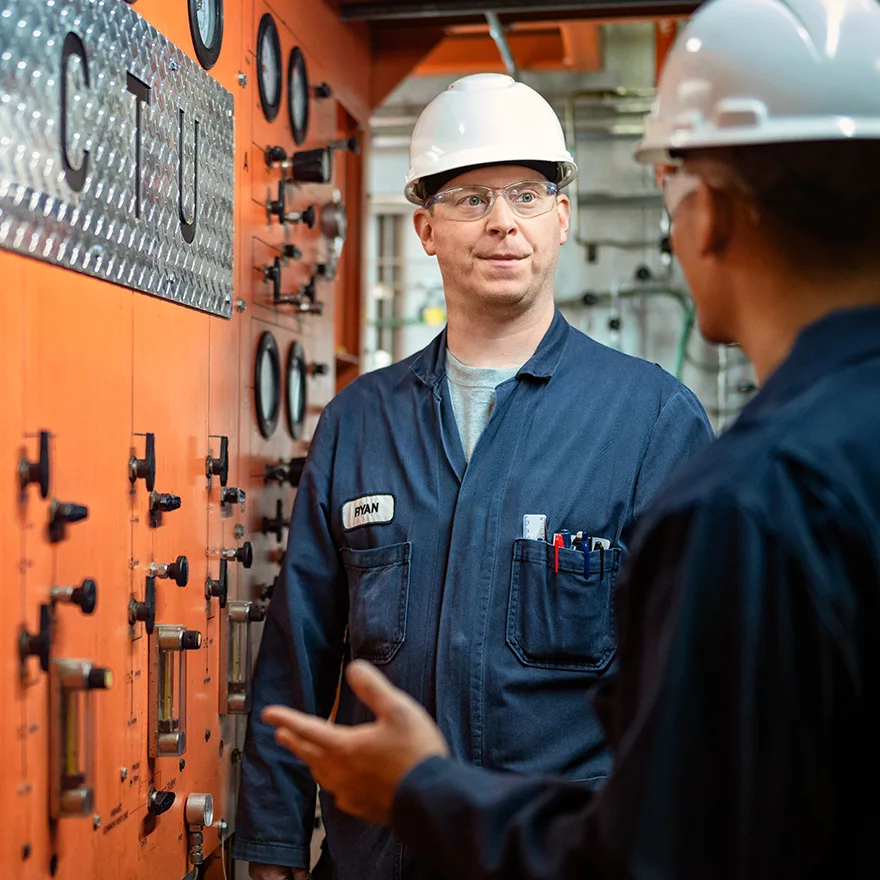
Canada’s oil sands leaders reinforced the value the industry brings to Canadians and the progress they are making on their net zero emissions goals during third-quarter earnings calls earlier this month.
Speaking to investors, analysts and media, leaders from Pathways Alliance companies emphasized the economic benefits oil sands development brings to governments and communities as well as early work underway to progress one of the world’s largest carbon capture and storage (CCS) networks.
Cenovus Energy President & Chief Executive Officer Alex Pourbaix referenced a recent analysis by Peters & Co. that found in 2022 oil and gas companies are expected to send $50 billion in taxes and royalties to Canadian federal and provincial governments.
“That’s money that pays for health care, education, arts and culture, and much more across this country,” Pourbaix said on the call. “To put this in perspective, our sector’s anticipated government contributions this year are equivalent to more than two-thirds of the funding for all of Canada’s hospitals last year. That’s at a time of heavy demand under the strain of COVID.”
Leaders also highlighted key milestones achieved on Pathways Alliance’s foundational $16.5 billion CCS project. The proposal would eventually tie in more than 20 oil sands facilities – 14 to start – where greenhouse gas emissions would be captured, transported and stored safely and permanently deep underground in the Cold Lake region of Alberta.
“I’m pleased to see the Government of Alberta select the Pathways Alliance for pore space in the Cold Lake area and this is an important milestone in Pathways’ plans to develop a world scale carbon capture system for the oil sands industry,” said Suncor Interim President & Chief Executive Officer Kris Smith during the company’s earnings call. “I am encouraged by this progress and continued industry, government and stakeholder co-investment and collaboration will be key to the success of this world-scale endeavor.”
Smith was referencing a recent announcement from the Government of Alberta that the Pathways Alliance secured the right to continue exploratory work on its proposed storage hub for its ambitious CCS project.
The proposed CCS project will be one of the largest in the world and is expected to reduce carbon dioxide emissions by 10 million tonnes annually by 2030. Expansion in later phases of the Pathways Alliance plan would see the potential to capture and store 40 million tonnes annually.
A project of this size and scale requires significant collaboration, study and groundwork and that work is progressing.
“The Alliance is also conducting engineering studies for the first phase of the CO₂ capture facilities as well as executing environmental field programs to support the necessary regulatory application submissions,” said Brad Corson, Imperial’s President & Chief Executive Officer on the company’s call.
Pathways Alliance also highlighted much of that progress in a recent news release.
Canadian Natural President Tim McKay spoke about provincial and federal levels of governments coming together to support this critical project.
“We would like to thank the Alberta government for their continued support as we work together on this ambitious GHG emissions reduction project,” said McKay. “Additionally, we appreciate the federal government’s recent public statements in support of the Canadian oil and gas sector’s role in global energy security, along with the commitment to be competitive on a fiscal framework for carbon capture.
“Both these developments are important steps to help Canada’s oil sands industry meet its commitment of net zero GHG emissions by 2050, which will have the industry and governments investing approximately $24 billion between now and 2030 on the Pathways foundational carbon capture storage project, and other emission reduction projects.”
MEG Energy President & Chief Executive Officer Derek Evans emphasized the need to continue working with the federal and Alberta governments to ensure Canada’s co-funding programs and regulatory environment for CCS are globally competitive and that emissions reduction targets for the industry are realistic and achievable.
“We have a 2030 target for this pipeline to be up and running. I will tell you, it’s a very challenging timeline without the sort of regulatory certainty or the financial incentive certainty that we’re going to need to make a FID (final investment decision),” Evans told the Financial Post.
“There’s no lack of will, there’s no lack of desire to make sure that this happens,” he said, reinforcing the early work being done on the project.
“We are progressing the engineering work, the survey work. We just let a contract for multiple millions of dollars to get the surveying done on the right-of-way. So we are moving forward sort of faster than you normally would in a company. You would wait typically until you had FID approval on some of the expenditures that we’re moving forward on today with the assumption that we will be able to sort out the regulatory aspects of this as well as the financial incentives that we need to achieve FID.”
Learn more about the Pathways Alliance plan here.

Our people, their stories
Passionate, dedicated people are behind every innovation and every step forward.